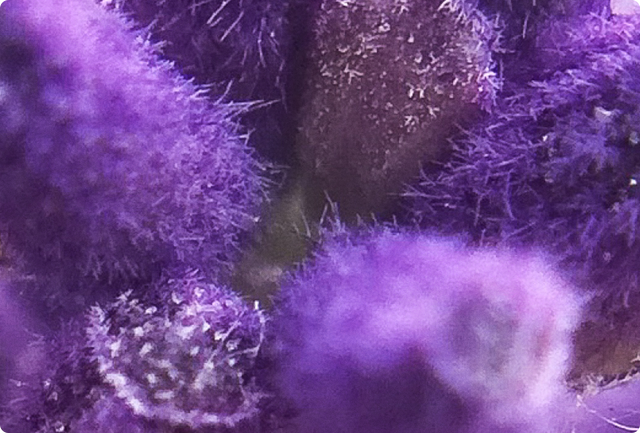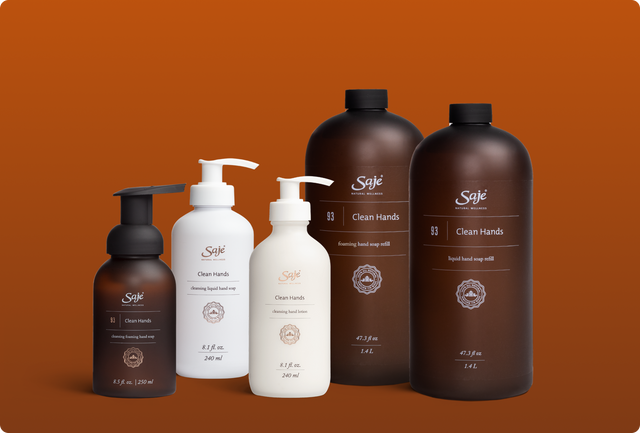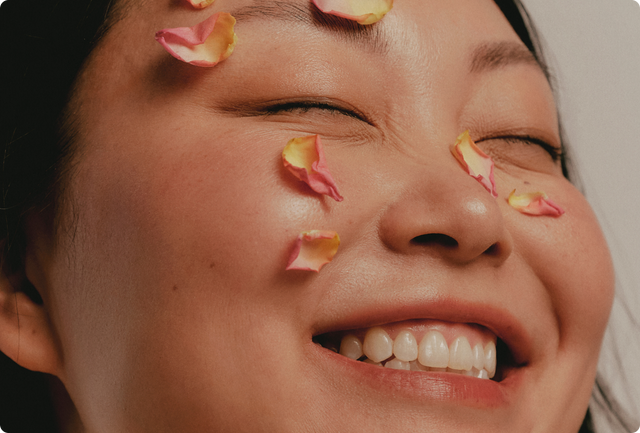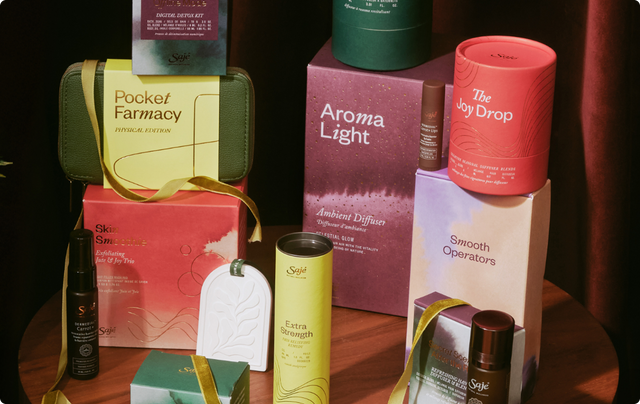Essential Oils & Pets: general information
Here at Saje, we believe that you are the best advocate for your own health and wellness—and this includes the health, wellness and safety of your pets. Essential oils and humans are a great combination, for most! We know there are many benefits and advantages to using 100% natural and plant-derived products to increase and maintain optimal wellness, and the considerations for use are different when it comes to our furry friends. It’s important to keep all members of your household in mind when using essential oils, and this article is to help provide clarity and direction where possible.
Essential Oils & Pets: when in doubt, consult a qualified animal practitioner
The reality is certain essential oils that are beneficial for your personal well-being may be less-so, or even harmful, to your pets. Keep in mind this applies to products that aren’t being placed on the pet directly, like those you apply on your own body or use in the air in your home.
Before using any essential oils and essential oil-based products in your space or around your furry, feathery, or scaley friends, our best advice is to consult your veterinarian. Animal biology, anatomy and physiology are different from that of human experience and your pets’ health care specialist is the expert in these areas. Have a conversation with a trusted animal practitioner to ensure the choices you make will keep both you and your beloved pets in the best of health for years to come.
Read on for more general best practices, suggestions, recommendations and considerations on essential oil use around pets.
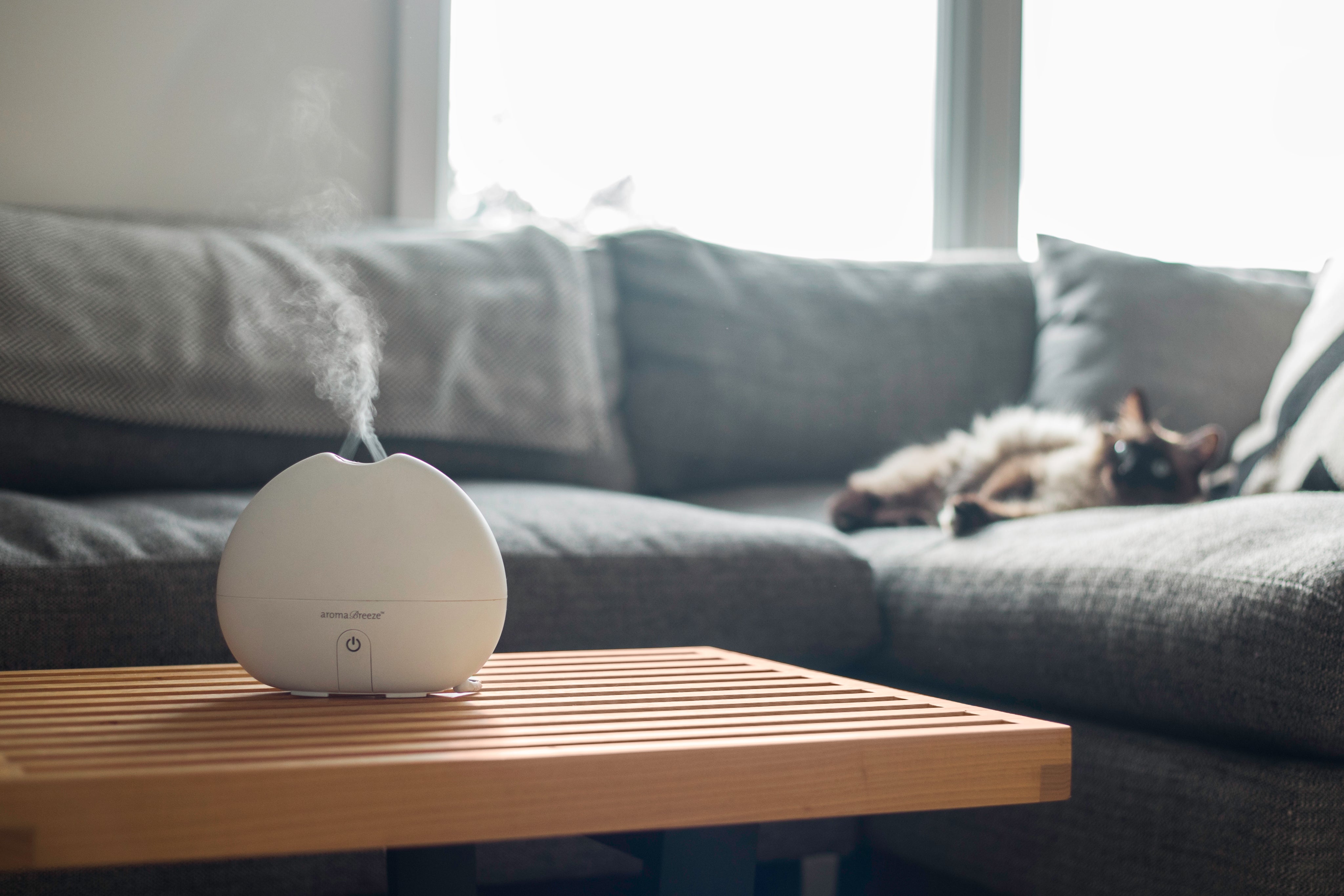
Essential Oils & Pets: pay attention to changes in behavior
Just as one size doesn’t fit all humans, the same can be said for pets. When it comes to adding anything new to their environment—essential oils or otherwise—we recommend keeping a close eye on how your pet responds to the change. Remember it’s not about creating fear, it’s about creating awareness that supports positive experiences for all. Here’s what we suggest being mindful of:
- A good rule of thumb is to stay alert to changes in behavior or demeanor of your pets
- Pay attention to how your pet responds in the presence of essential oils and take note if they appear to experience discomfort or distress
- If you notice any visible signs of agitation, move them to a well-ventilated room and stop using the product immediately
- Make sure your pet is always able to leave the room freely and move to a different space
- If you observe physical reactions like fatigue, weakness, drooling or if your pet appears to be in distress, contact your veterinarian or trusted animal practitioner right away
- Be particularly mindful of pets that are in cages or enclosed spaces (like birds and small rodents) as they do not have the ability to leave the room if they become uncomfortable
Essential Oils & Pets: avoid any ingestion of all essential oils
It’s important to note that all ingestion of essential oils is harmful to pets. Should you suspect your pet has accidentally ingested any essential oil product, please contact your veterinarian right away. Keep all products safely out of the reach of pets at all times to avoid accidents or injuries.
When applying essential oils on yourself and then snuggling your pet, recognize that they may inadvertently lick or have skin contact with the essential oils, which should be avoided. You might consider ensuring that any product you’ve used or applied has fully dried or absorbed prior to contact with your pet.
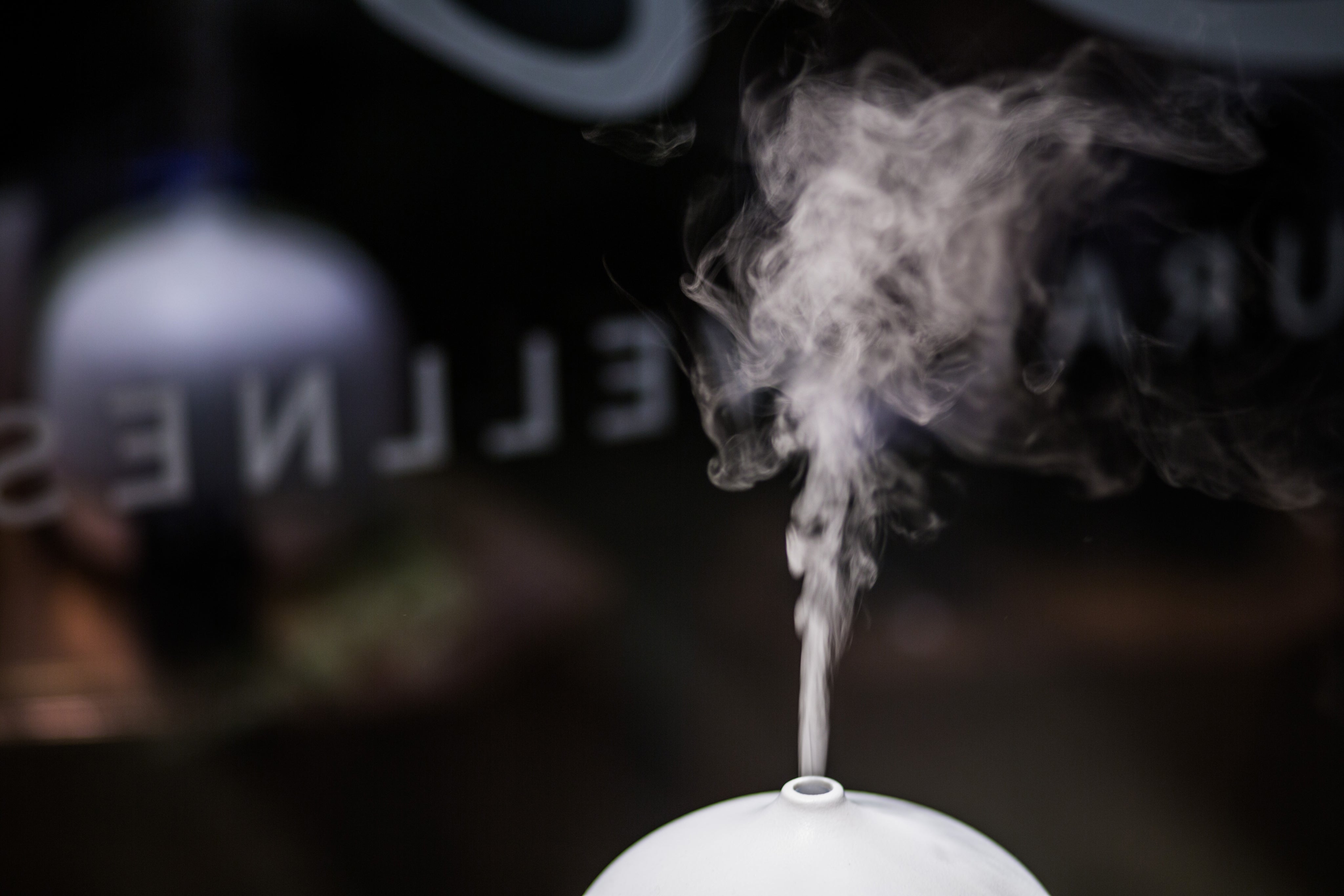
Essential Oils & Pets: topical application should be avoided
The ability to tolerate essential oils, for both humans and pets, is dependent on many factors, some of which include: what plant species the essential oil is derived from, the type of product, the dose administered, and how and where the product is applied.
Essential oil-use cases show that one of the biggest risks of toxicity comes from direct application to your pet’s skin. At Saje, we err on the side of caution, and in knowing that there is a significant risk in applying essential oils to your pet’s fur or skin, we strongly recommend consulting with your veterinarian or trusted animal practitioner prior to the application of, or exposure to, any of our products. This includes:
- Considering a ‘less-is-more' approach when it comes to using essential oils in the vicinity of your pets
- Waiting until topical products (like roll-ons, mists, body oils or lotions, etc.) and skincare products have fully absorbed into your skin before handling your pet
- Keeping all product bottles tightly closed and out of reach of your pets at all times
- Keeping diffusers and diffusers cords secure, so they won’t get knocked over or nibbled
Essential Oils & Pets: cats and essential oil safety
Robert Tisserand, a leading safety expert and trusted resource in the aromatherapy industry, speaks to this topic in a blog post on the Tisserand Institute website.
“You can diffuse essential oils around cats safely, so long as there’s good ventilation, you only diffuse small amounts for limited periods of time, and your cat has the freedom to leave the room if it wants. A few parts per million of aromatic vapor in the air is not likely to be harmful but be careful to avoid build-up of vapors over many hours.” While his philosophy is that overall exposure is the most important consideration, he also notes that “cats almost completely lack important liver enzymes that humans do possess, and which are important in the metabolism of many essential oil constituents.”
If you choose to use your diffuser in the presence of your cat or other pets, we strongly recommend the following considerations:
- Less is absolutely more. Use only small amounts of your favorite diffuser blend (a maximum of one to five drops) and observe how your pet responds. A common reaction when a pet is not enjoying a particular aroma is that they will leave the room
- Try diffusing for short periods of time (thirty to sixty minutes) or consider a diffuser with an intermittent setting (thirty seconds on, thirty seconds off)
- Ensure the space is well-ventilated; consider cracking a window, and always keep a door open so that your pet can enter and exit the room at will
- Note how your pet responds. If you can see your pet reacting to an aroma, discontinue use, move them to a well-ventilated space right away, and consider contacting your veterinarian for further support
Essential Oils & Pets: essential oils to explore and consider
Here are the single note essential oils that we recommend exploring in consultation with your veterinarian. Please note: there is no definitive list. Safety needs to be considered on an individual basis, and recommendations from a qualified animal practitioner should always be adhered to. Education of the individual essential oils and their chemical components and safety cautions should always be considered, as not all animals can tolerate use or exposure to essential oils. A best practice is to avoid oils or blends that contain a high amount of Ketones or Phenols (such as citrus and spice essential oils).
If you are considering diffusing in your home, you may also wish to seek out diffuser blends that include these single notes. We recommend one to five drops as a maximum of any of the following essential oils in a well-ventilated space and for a reduced period of time:
Essential oils we suggest considering for dogs:
- Cedarwood
- Clary Sage
- Eucalyptus
- Frankincense
- Geranium
- Lavender
- Mandarin & Orange
- Palmarosa
- Roman Chamomile
- Sandalwood
- Vetiver
Essential oils we suggest considering for cats:
Essential Oils & Pets: what we recommend avoiding
Though this is not an exhaustive list, below are a few of the essential oils that industry experts align should be avoided when diffusing in the presence of animals. As always, consult with your veterinarian for any specific questions or concerns you may have.
- Tea Tree
- Nutmeg
- Pine
- Lemon
- Peppermint
- Sage
- Rosemary
- Wintergreen
- Clove
- Cinnamon
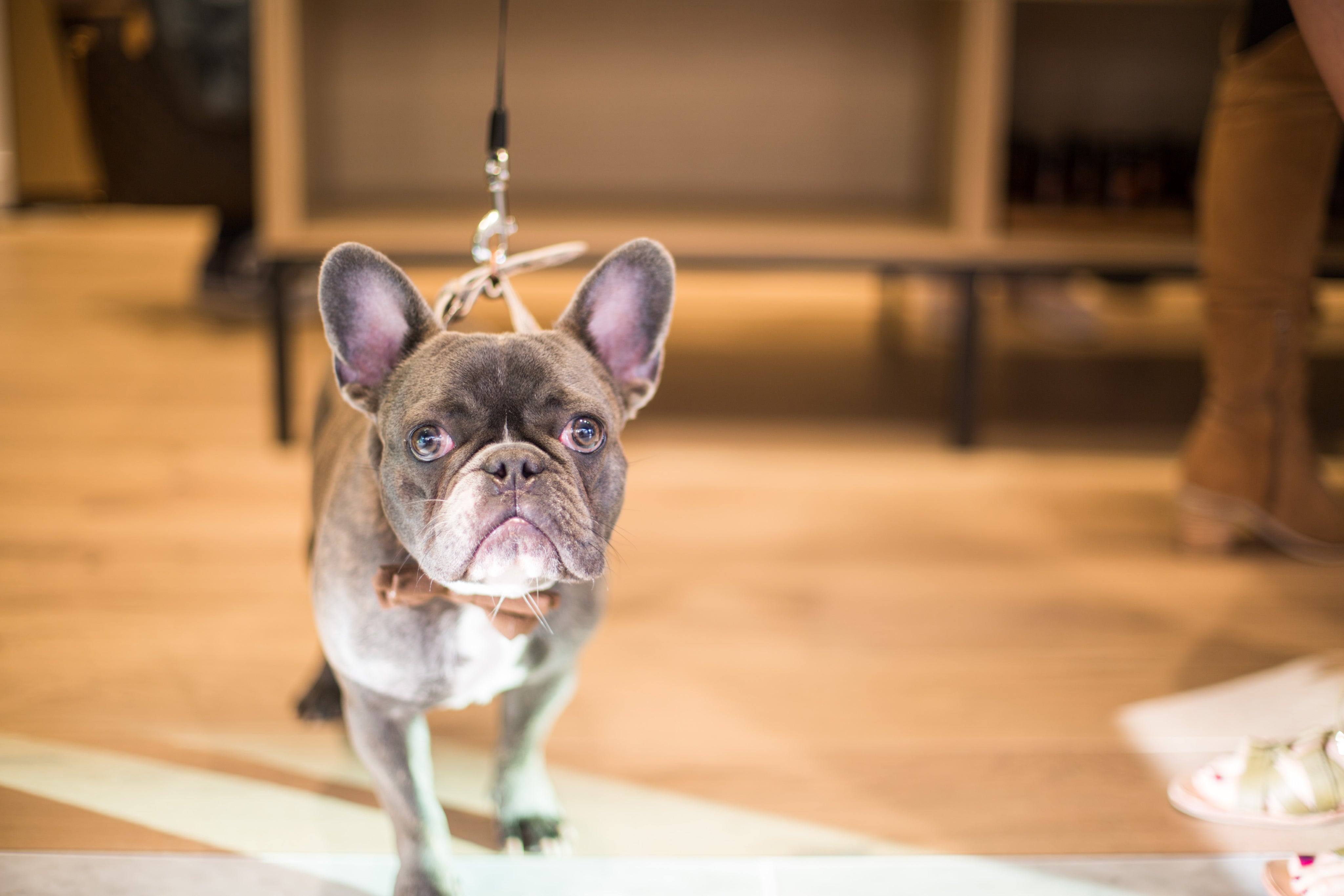 When it comes to the health and safety of your pets, we want to encourage you to educate yourself and stay well-informed. Trusted safety experts in the field of Aromatherapy include Robert Tisserand, Valerie Worwood, and Peter Holmes—among many others. We implore you to diligently consider sources of safety and information regarding essential oil use for pets (and humans!) and to make good choices in conjunction with your pets’ trusted animal practitioners.
When it comes to the health and safety of your pets, we want to encourage you to educate yourself and stay well-informed. Trusted safety experts in the field of Aromatherapy include Robert Tisserand, Valerie Worwood, and Peter Holmes—among many others. We implore you to diligently consider sources of safety and information regarding essential oil use for pets (and humans!) and to make good choices in conjunction with your pets’ trusted animal practitioners.
We’re happy to support you in education as it relates to our products, and we are committed to furthering education in the Aromatherapy industry. Not sure where to start? Take our quiz to find 100% natural products that support your wellness goals or learn more about our essential oils and other functional ingredients in the Ingredient Garden.


